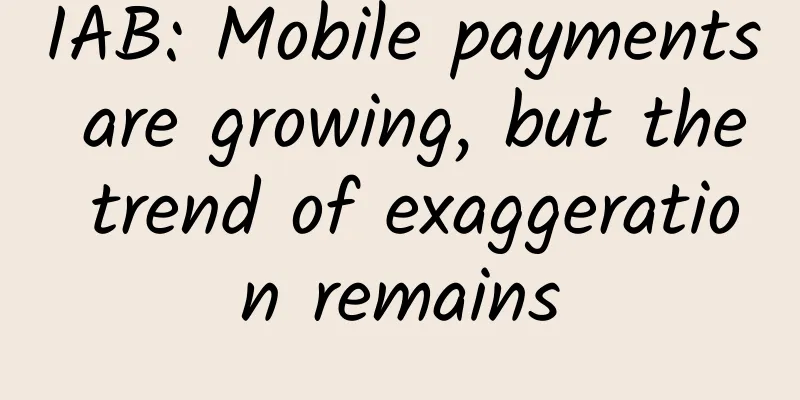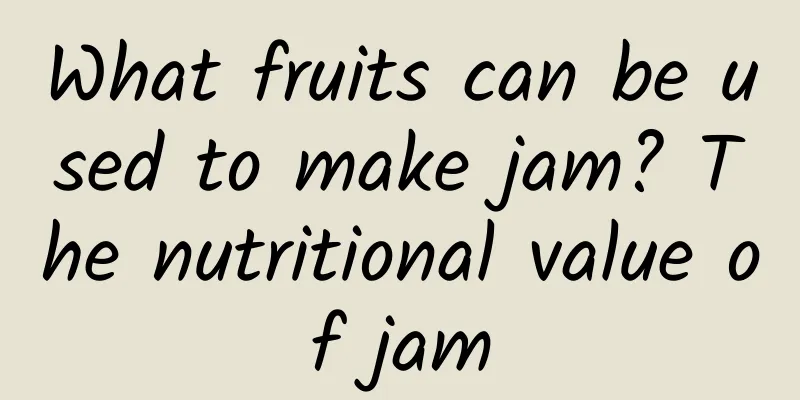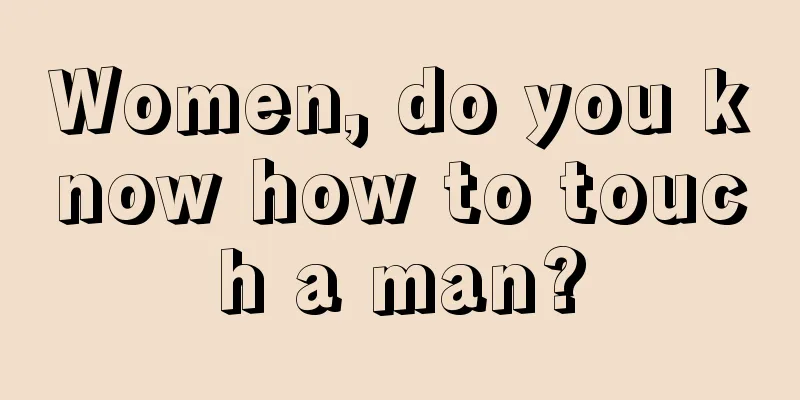IAB: Mobile payments are growing, but the trend of exaggeration remains

|
Mobile payment refers to the use of mobile electronic devices to pay for consumption in physical stores. It still takes several years for this method to become popular. Two weeks ago, IAB and InMobi jointly released a report on the coverage of the mobile payment industry and financial-related behaviors. The report covered about 1,200 American adult respondents and interviewed them in the first quarter of 2013. The report shows that mobile payment has achieved certain results in some mobile financial services, such as electronic coupons, purchase of virtual items, and bill payment using smartphones. However, there is still a long way to go (3 years or even longer) for near-field payment in physical stores. In contrast, the development speed of mobile banking, another form of mobile financial services, is faster than the expectations of financial institutions. However, mobile banking services are actually just an extension of online banking on mobile terminals. Users access online banking through tablets or smartphones to obtain information they have already obtained on traditional computers. Therefore, mobile banking services do not have core business innovations, except for mobile deposit services that have not yet been widely promoted. Do you know what mobile financial services your card issuer offers? Collecting and redeeming coupons is the most used mobile financial service among the respondents, with a usage rate of 57%. This figure is not surprising, as users have a strong demand for mobile electronic coupons. Also noteworthy is the rate of using their mobile phone to pay bills (most likely credit card bills), which reached 46%, and the rate of using their mobile phone to pay bills was also 42%. Looking at mobile payments in physical stores or offline, 34% of respondents said they have used this type of transaction. If you can see the data of mobile phone user surveys across the United States, the 34% figure should be much higher than the actual number. The author suspects that the real number should be between 10% and 15% (unless they are talking about an application like Starbucks where user loyalty is very high). Have you ever used your mobile phone to make payments? It would be valuable to know more about what “Purchase of physical goods or services” conveys , but unfortunately the survey doesn’t provide us with more information. For example, is this data using PayPal? Is it a form of acceptance similar to prepaid cards? Or is it acceptance using Square terminals? Or is it, as mentioned above, a user loyalty app? Among financial payment applications, PayPal undoubtedly occupies the top spot (PayPal is rapidly promoting its near-field payment application in terminal physical stores through cooperation with Discover Network). As can be seen from the chart, about 37% of the respondents said that they have PayPal clients installed on their mobile phones. The question raised in this survey is whether the user has "downloaded" the application rather than actively using it, so the actual usage of users is not known for the time being. Have you downloaded any of the following mobile apps to make payments or record transactions? Square is another mobile payment brand that is widely known by users. Its products account for 8% of the respondents. Here we refer to its mobile application products, not Square's terminal card swiping devices. The "Pay with Square" application supports near-field contactless payments, which requires both parties of the initial payment to have a Square account (the "Purchase physical goods or services" option is suspicious and already includes the use of Square hardware terminals). Google Wallet's loss of popularity has caused its retention rate among respondents to drop to 7%. The NFC function of Android and Windows Phone phones is very functional and universal, but it is difficult for NFC to make NFC payments widely used in North America by its own strength. If the iPhone 5S adds NFC function, this situation is expected to improve. The data in the above figure shows the progress of mobile financial services and mobile payment industries among American users. As more and more financial services migrate to mobile terminals and users become more and more accepting of using mobile devices for financial transactions, this growth trend will continue. However, it has to be said that the ideal scenario where everyone installs an e-wallet on their mobile phone and uses their mobile phone to make purchases in stores is still a bit far away and a bit exaggerated for us. Translator's Weibo: @kaiershanjin //www.datatmt.com/archives/40368.html |
<<: Forbes Magazine: Is NFC Payment Heading for Destruction?
>>: How to take statins correctly? Is it okay to take them every other day?
Recommend
Night Listening | Thyroid cancer, why does it target young people?
Recently, a topic called "Why does thyroid c...
How to abort a pregnancy after more than ten days?
In real life, many women will easily get pregnant...
What are the fruits that nourish women's yin?
Nowadays, there are many fruits that can be used ...
Endometrial thickness reference value
The uterine wall will undergo different changes a...
What to do if there is no leucorrhea and itching
People should learn to observe the state of their...
Is a woman with frigidity a disease?
The problem of sexual frigidity can be mild or se...
In the "315 Gala", the pickled cabbage from Laokeng that was stepped on by feet became a hot topic. Does eating pickled cabbage cause cancer?
In the "315 Gala", the pickled cabbage ...
Do virgins have ovulation bleeding?
When a woman's body matures to a certain stag...
How long before menstruation do breasts hurt?
Many women are prone to breast pain before their ...
What is the reason for postpartum obesity
It stands to reason that after giving birth, it i...
Symptoms of insufficient luteal secretion
The corpus luteum is also an important hormone in...
Treatment of hydrosalpinx adhesions
The fallopian tubes occupy an important proportio...
How and when to store durian? What is the difference between Golden Pillow Durian and Musang King?
Golden pillow durian, Musang King, Qingni durian,...
Frequent and strong fetal movements in late pregnancy
Fetal movement is the primary condition for pregn...
How to preserve Da Hong Pao? How to brew Da Hong Pao
With the rapid development of modern society, peo...









